Iran has seen a rapid surge in the numbers of coronavirus cases in recent weeks, sparking fears it might be facing a second wave of the pandemic.
Iran started to relax its lockdown in mid-April, after the number of infections declined, so is it paying the price?
How fast are cases rising in Iran?
New infections have been averaging more than 3,000 a day in the first week of June – a 50% increase on the previous week.
The figure reached a high of 3,574, on Thursday, 4 June, before dropping slightly.
The previous highest figure was 3,186, on 30 March, during the initial outbreak, when Iran became one of the worst affected countries outside China.

At that time, the Iranian authorities were criticised for their hesitation in closing down mosques and key religious sites in the city of Qom and for not moving quicker to restrict movement.
Then, in April, as the number of new cases dropped to below 1,000 a day, Iran began to ease its lockdown restrictions:
- 20 April: Shopping malls and bazaars reopen and travel resumes between different provinces
- 22 April: Public parks and recreation areas reopen
- 12 May: Government says all mosques can reopen
- 25 May: Major Shia religious shrines reopen
- 26 May: Restaurants, cafes, museums and historical sites reopen
And city transport systems across Iran, as well as banks and offices, have been packed with people.
The epidemic was initially concentrated in Qom and the capital, Tehran.
But now, a flare-up has been reported in the south-west, notably in Khuzestan province, an oil-rich region that borders Iraq.
Why are Iran’s numbers rising?
There is clearly more social interaction with the easing of restrictions – but officials have suggested the surge in new cases could be down to more testing.
President Hassan Rouhani has said this means you will find more cases.
Iran’s chief epidemiologist at the country’s health ministry, Mohammad-Mehdi Gouya, explained: “The main reason for the rising numbers is that we have started identifying [infected people] who have no or mild symptoms.”
It currently does one test for every 79 people, which is up from about one test for every 380 two months ago.
However, when you look at the proportion of these tests that are positive, there is a clear upward trend since the middle and end of May after it dropped sharply in April.

Percentage of positive Covid-19 tests
On 29 May, just under 11% of tests were positive – but by 6 June that figure had risen to over 14%.
Health officials have also pointed out the number of daily deaths recorded have remained below 100 since mid-April.
It has been between 30 and 90 for the past month.

But it would take several weeks after the initial rise in infections for an increase in recorded deaths to become apparent.
And a report by the Iranian parliament’s research centre, in April, suggested the real death toll could be twice as high as the official number, which comprises deaths in hospitals only.
What about social distancing?
Health Minister Saeed Namaki said people were ignoring social-distancing rules.

“People have become completely careless regarding this disease,” he told the Iranian news agency.
“If our people fail to respect the health protocols… we must prepare ourselves for the worst situation.”
And a health ministry poll last week suggested only:
- 40% of the population are keeping the social-distancing rules, down from 90% earlier in the outbreak
- 32% are following the rules on self-isolation, down from 86%
What options do the authorities have?
President Hassan Rouhani has warned restrictions may have to be reintroduced if the outbreak worsens.
But the leadership in Tehran does not want to talk about a “second wave”, even though some officials in other parts of Iran have been warning of one, according to BBC Persian’s Rana Rahimpour.
And she adds that it cannot afford to continue lockdowns, because of the state of the economy, which faces multiple challenges such as US sanctions, corruption and mismanagement.
“To contain the virus, you need a lockdown,” says Rana Rahimpour, “and in a lockdown, you need to be able to pay people.”
- سيعجبك أيضاً




Recent Comments